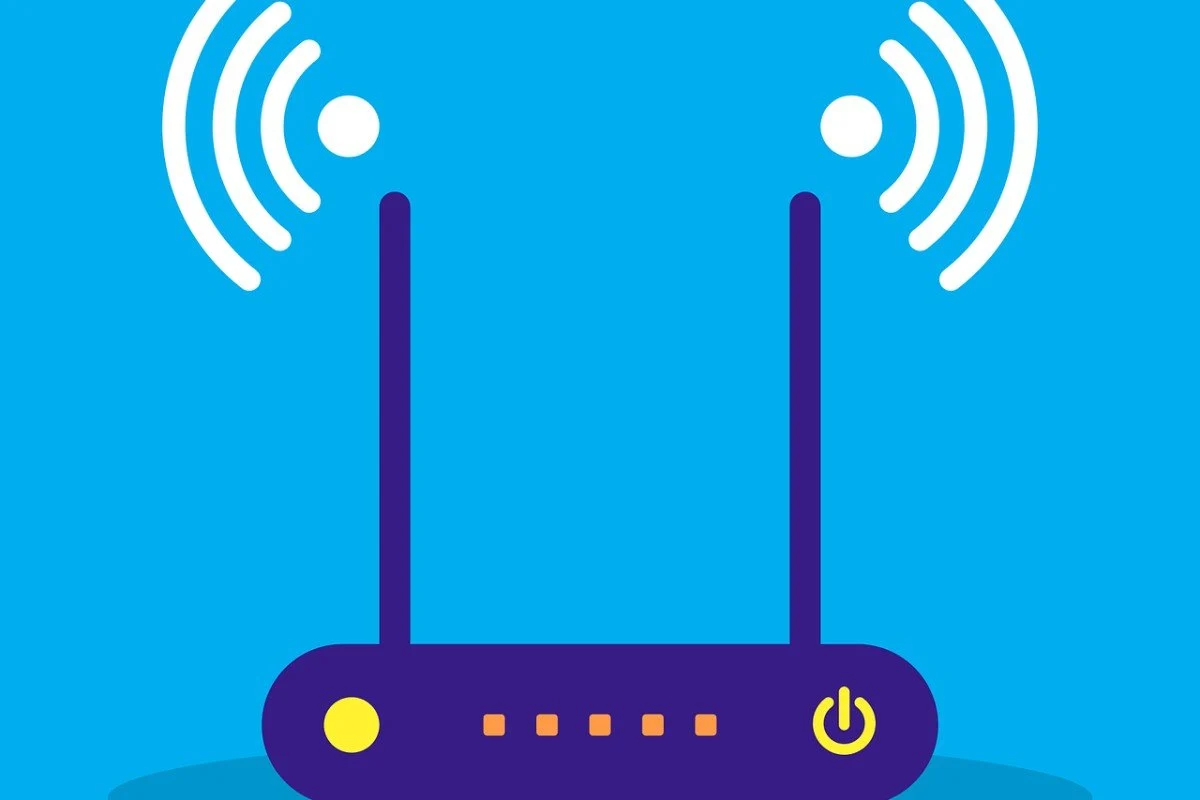In today’s world of technology an effective and reliable WiFi signal is essential for continuous connectivity and productive. The key to getting this to happen is the smart positioning of an Wireless Access Point (WAP). Location of the WAP is essential for stability and strength. Consider the importance of WAPs, and learn how you can choose the right wireless access point within your home.

Wap Wireless Access Points are essential network devices that enable wireless-enabled devices to connect to wired networks by using WiFi and related standards. It’s a critical device that lets you increase the reach of your wireless network and reduce the need for massive wires. WAPs WAP receives data from a network router through an Ethernet cable, then converts it into the wireless signal. This signal can be picked up by WAP devices, providing them with access to the network.
WAP Placement: The Impact
Strategic placement of a WAP is vital to ensure that you have a stable and reliable WiFi signal across your area. The place of the WAP’s location affects the performance, range and signal strength of your WiFi network. Placing the wireless access point in the optimal location will aid in reducing interference and increase coverage while increasing connectivity for users.
Factors affecting WAP signal strength
There are several factors that affect the signals the WAP device sends. This includes:
Strength of the signal: The power of the WAP signal.
Range: The distance over which the WAP can transmit a strong and stable signal.
Interference Reception of interference or electronic devices can hinder the wireless signal.
Finding the best Home Access Point
It is essential to select the correct WAP for your the office or at home for the best WiFi performance. Here are a few things to consider when choosing the best home access point:
Signal Strength and Range: Choose a WAP with a strong signal that has large coverage. It will guarantee that the WiFi signal is accessible everywhere you need it with no dead spots.
Choose a WAP with technologies that limit interference. This can include dual-band or tri-band capabilities to make it easier to navigate the crowded WiFi channels.
Simple Setup and Configuration – Choose a WAP which is simple to set up and configure. Simple installation processes and intuitive user interfaces could save you time and effort.
Security Features: Prioritize WAPs that have robust security features, including encryption protocols and security settings. This can help safeguard your network and the data.
Scalability: Ensure the WAP is able to handle the number devices that you plan to connect. A WAP that is flexible can grow with the demands of your network, and becomes a future proof investment.
The ideal location of WAPs for maximum performance
Central Position: Place the WAP to ensure that the signal from WiFi is evenly distributed across the entire area. This will reduce dead zones while providing a continuous connection across your premises.
The WAP can be placed in a higher spot such as the wall or ceiling. This will allow the signal to be broadcast more efficiently and offers better coverage.
To avoid interference, keep your WiFi clear of objects and materials that may interfere with. These include phones with cords or microwaves as well as metal structures. This will help ensure a clean and strong WiFi signal.
Professional Assessment: Consult with IT experts for a thorough assessment of your area. They can help you determine the most suitable areas for WAP placement, depending on your specific needs.
We also have a conclusion.
A robust WiFi connection in today’s ever-changing world of technology is a must. Wireless Access Points are essential in this regard, as they extend your network and offer a reliable WiFi connection. In order to get the most efficient WiFi performance, it’s crucial to position your WAP in the most advantageous location, and then choose the most reliable wireless access point for your network.
The difference you can make by taking the time to assess your area, comprehend the aspects that affect WAP’s signal strength and the key features of a wireless access point is crucial. Mastering the art of placing WAPs will allow you to fully utilize the power of your WiFi and provide uninterrupted connectivity.